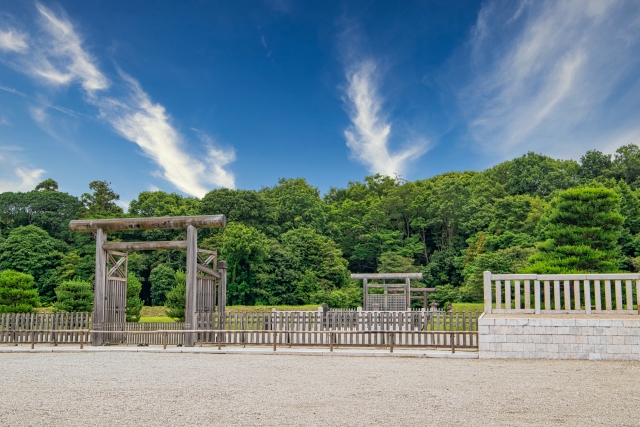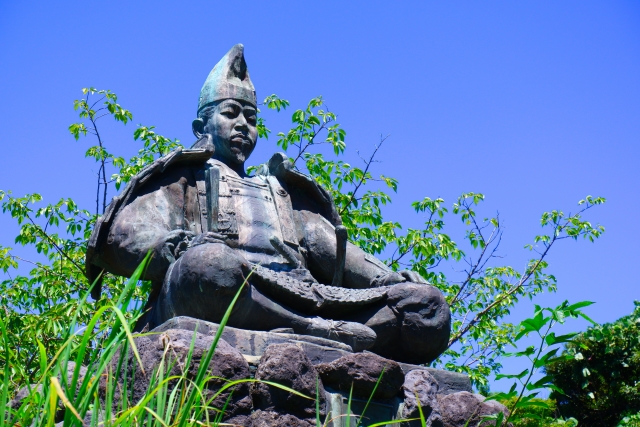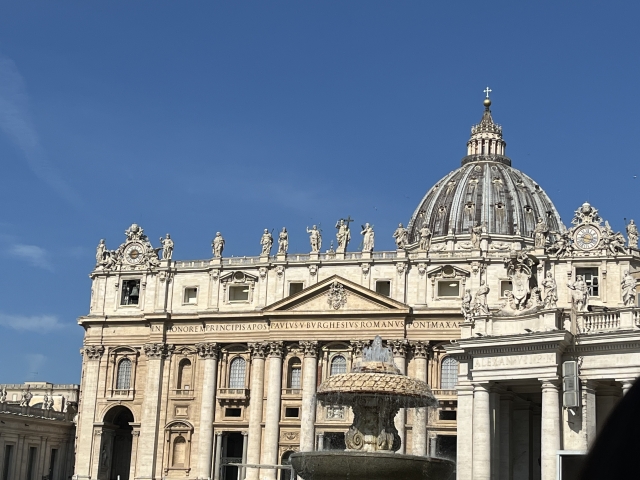The most famous mnemonic for Japanese eras probably is "Naku yo (794) uguisu Heian-kyo," referring to the year 794 when the capital was moved to Heian-kyo, now known as Kyoto, with uguisu (Japanese bush warbler) symbolizing the beginning of a new era. Following that, another well-known mnemonic is "Ii kuni (1192) tsukurou Kamakura bakufu," marking the establishment of the Kamakura shogunate in 1192. And perhaps the next most recognized would be "Nanto (710) suteki na Heijo-kyo," highlighting the year 710 when the capital was moved to Heijo-kyo, present-day Nara. I think this mnemonic is particularly ingenious because "Nanto" not only phonetically matches the year but also refers to Heijo-kyo located south of Heian-kyo. If it were "Natto nebaneba Heijo-kyo," the significance of "Nanto" would be lost, and any other city name could replace Heijo-kyo, reducing it to a mere mnemonic for remembering a year, significantly diminishing its quality.
It goes without saying that Nara, the southern capital, is home to the Great Buddha of Todai-ji (Todai-ji's Daibutsu). However, it's worth mentioning that in the late 12th century, the Great Buddha suffered damage from arson committed by Taira no Kiyomori, an event known as the "Nanto Burning."

After the Heiji Rebellion, Taira no Kiyomori, having ascended to unprecedented power, aimed to consolidate governance over Yamashiro Province (present-day Kyoto Prefecture), disregarding the traditional privileges of the Nanto temples in Nara. In particular, Todai-ji and Kofuku-ji, through their religious authority and the armed monks known as "sohei," wielded secular power as well. The political situation worsened after the 1179 coup when the Retired Emperor Go-Shirakawa and the regent were punished under Kiyomori's orders, leading these temples to openly defy him.

On December 27, 1180, following Kiyomori's orders, Taira no Shigehira led an army estimated between several thousand to 40,000 men towards Nara. The following day, the Taira forces broke through the defenses and fierce battles ensued within the city. By the night of December 28, under unclear circumstances, fires were set, engulfing many of Nara's buildings and cultural heritages, particularly the grand structures of Todai-ji and Kofuku-ji. While some theories suggest the fire was accidental, the "Enkyo-bon Heike Monogatari" describes it as a strategic act of arson by the Taira.
The Nanto Burning resulted in the loss of many structures, including Todai-ji's Great Buddha and significant cultural heritages. The following year, Taira no Kiyomori died of a mysterious fever, and by 1185, the Taira clan was annihilated. These events might be considered divine punishment for the Nanto Burning.
These stories, collectively known as "Heike Monogatari," have been passed down and are cherished across Japan.












![Shogun [Blu-Ray] [Import] Shogun [Blu-Ray] [Import]](https://m.media-amazon.com/images/I/51A8nNjN1KL._SL500_.jpg)

